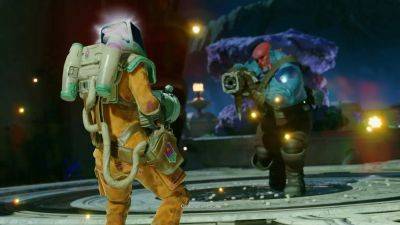10 Best D&D Classes For Evil Characters
often put the party in heroic roles during the campaign, but that doesn't always have to be the case. Sometimes, a campaign calls for a party of characters who are a bit lacking in morals and ready to commit evil deeds. Alternatively, they could band together to take down a greater evil. There are plenty of reasons that can lead to the creation of an evil character, and part of that creation is finding a fitting class.
Playing the hero can be rewarding, but playing a character that follows an evil or more chaotically ambiguous alignment might be a fitting choice in some settings. However, not every class option makes sense in terms of lore and mechanics for an evil character. Then, there are some options that are better choices for evildoers than they might seem at a glance.
Playing an evil character in Dungeons & Dragons is about more than killing. A player can show their villain credentials without raising their sword.
A paladin that becomes an Oathbreaker is an evil character, and that's part of the subclass' design. Paladins tend to be on the more righteous side, following the tenets of their oath, andmost oaths require at least a neutral alignment to keep. However, Oathbreakers are defined by the fact that they broke their oath and gave up the power of light they once had.
According to the Paladin subclass' description, Oathbreakers snuff out the light inside themselves, letting darkness take over. Since these paladins usuallybreak their oath for the sake of pursuing an evil ambition or power, the background to create an evil character already exists in most cases. With this setup, it's easy to see how Oathbreakers can fit into an evil campaign because their description provides a reason that can be adjusted as needed for each individual campaign.
Paladins have a total of nine official oaths that can be taken in Dungeons & Dragons 5e, but which option is the best and which is the worst?
Wizards who choose the school of necromancy aren't evil by default,







